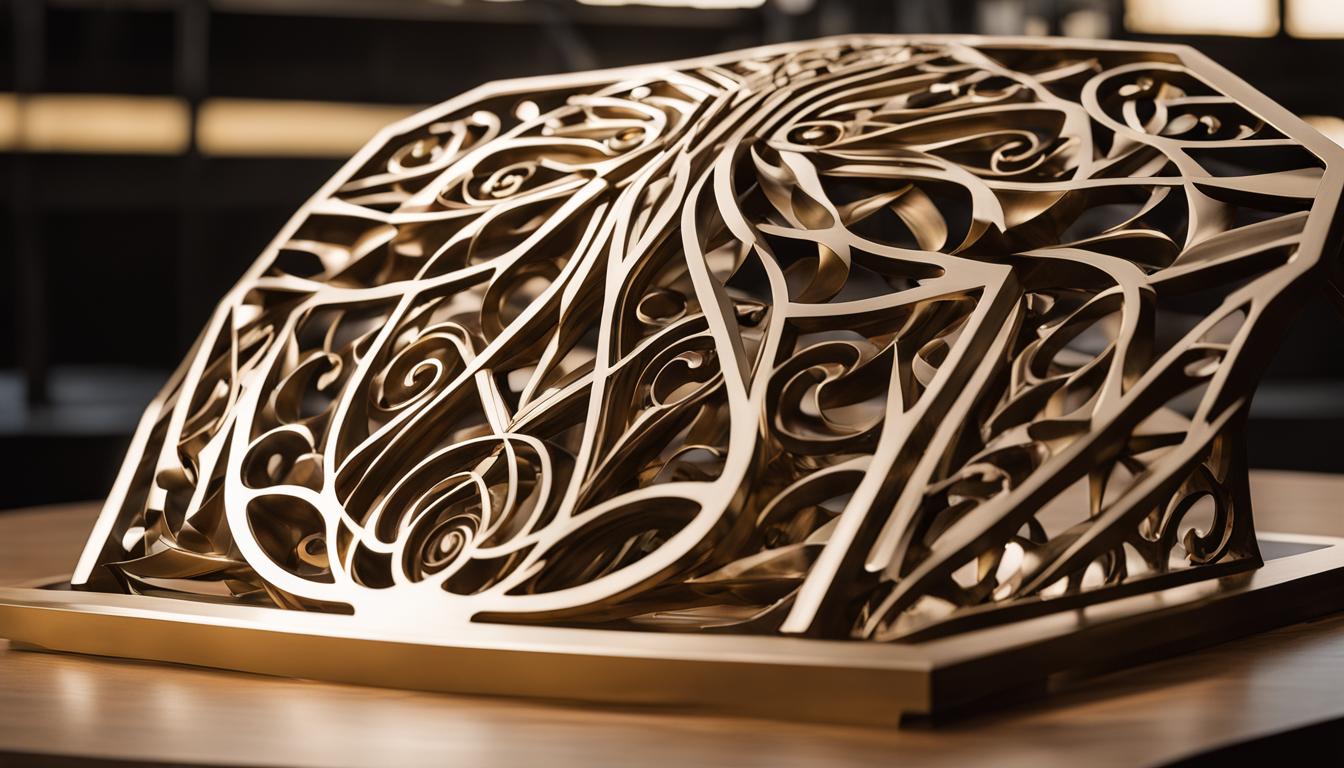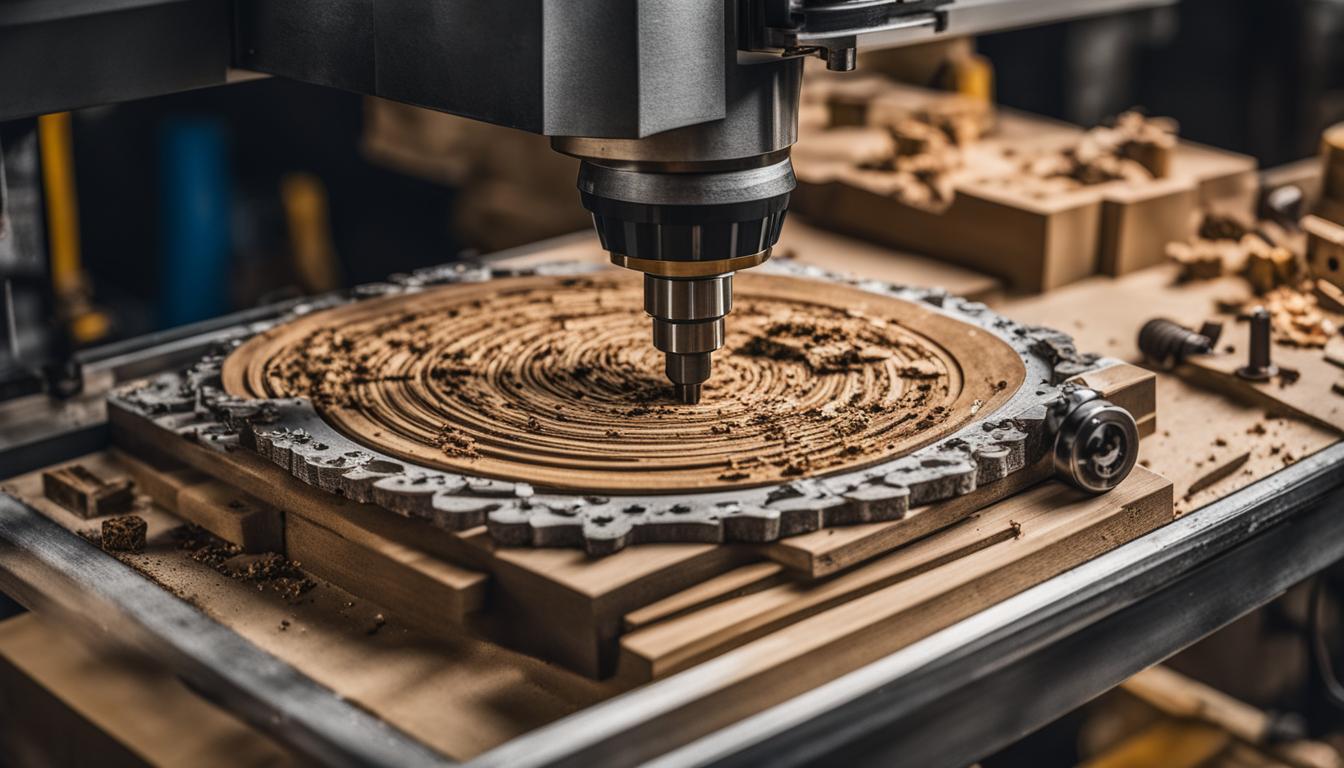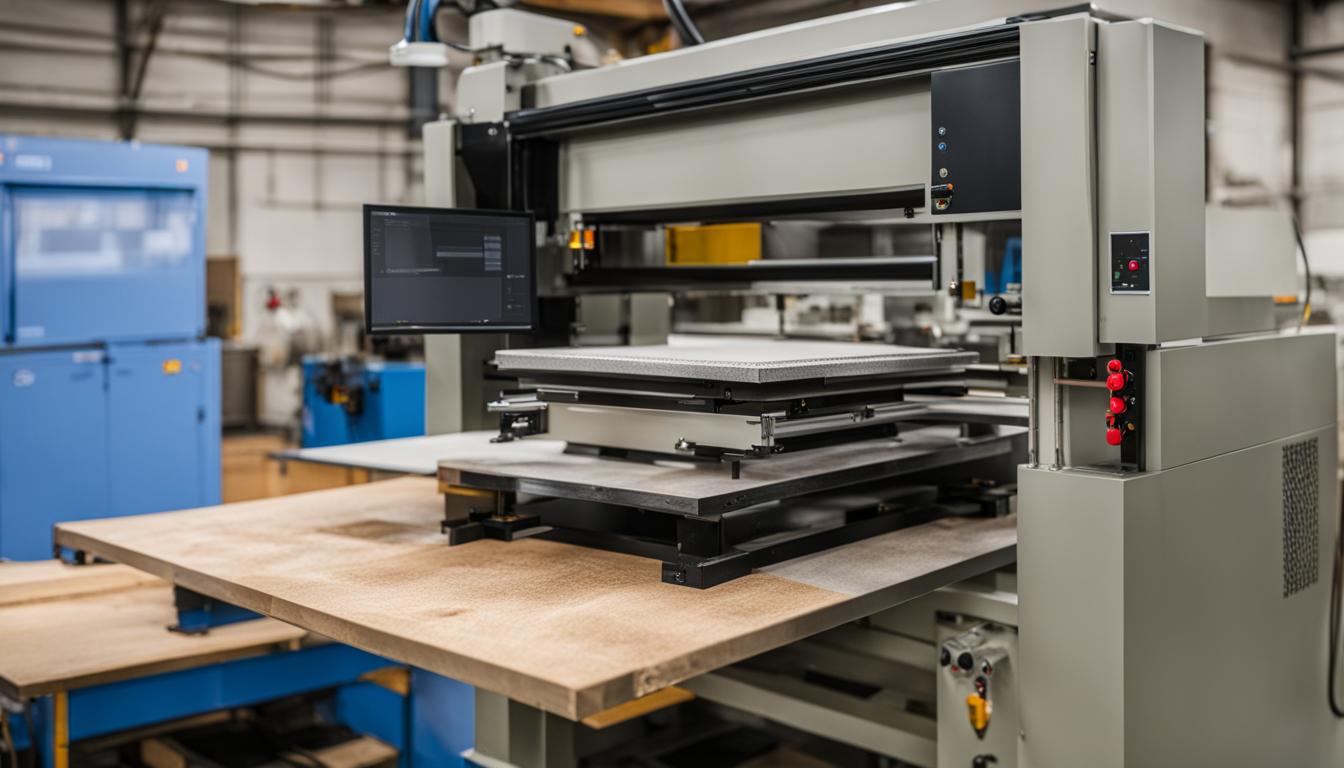CNC carving is a computer-controlled machining process that uses rotary cutting tools to remove material from a workpiece, creating intricate designs and shapes. Beginners can start by familiarizing themselves with CAD software to create digital designs, which are then translated into machine instructions through CAM software. Essential equipment includes a CNC router or milling machine, cutting tools, and appropriate safety gear. Common materials for CNC carving include wood, plastics, and soft metals.
Novices should begin with simple projects to understand the basics of tool selection, feed rates, and depth of cut. As skills improve, more complex designs and materials can be explored. Learning proper machine maintenance, understanding different bit types, and mastering the software are crucial steps in becoming proficient in CNC carving. With practice, beginners can progress to creating detailed 3D carvings, custom furniture parts, and even small-scale production runs.
- CNC carving is a woodworking technique that utilizes computer-controlled machines.
- CNC carving machines follow programmed instructions to cut and shape materials into intricate designs.
- CNC carving offers high precision and repeatability, making it suitable for beginners and experienced individuals.
- The process is widely used in woodworking, furniture making, and other industries.
- CNC carving allows for the creation of detailed and complex designs.
How Does CNC Carving Work?
CNC carving is a fascinating woodworking technique that harnesses the power of computer-controlled machines to transform materials into intricate designs with precision and accuracy. But how does CNC carving actually work?
To understand the process, let’s break it down step by step:
1. Computer Programming
The first step in CNC carving is programming. A computer program is created using specialized software, such as CAD (Computer-Aided Design), that contains instructions for the CNC machine. These instructions specify the dimensions and shapes of the design to be carved.
2. Machine Interpretation
Once the program is complete, it is transferred to the CNC machine. The machine then interprets the instructions and understands how to move the cutting tools to create the desired design. It reads the program line by line, executing each command sequentially.
3. Tool Movement
The CNC machine employs cutting tools, such as end mills or router bits, to carve the material. These tools are attached to motorized spindles that move along the X, Y, and Z axes. The machine precisely controls the movement of the cutting tools based on the instructions in the program.
4. Material Removal
As the cutting tools move, they remove material from the workpiece. The CNC machine carefully follows the programmed paths, cutting away excess material to reveal the intricate design. Different carving techniques, like contour carving, pocket carving, and v-carving, can be employed to achieve varying depths and textures.
5. Precision and Control
One of the key advantages of CNC carving is the high level of precision and control it offers. The computer-controlled nature of the process ensures consistent and accurate results, eliminating human error. CNC carving machines can be manually operated or fully automated, depending on the complexity of the design and the level of control desired.
To give you a visual example of how CNC carving works, take a look at this image:
As you can see, the CNC machine and cutting tools collaborate harmoniously to bring intricate designs to life. This powerful combination of technology and craftsmanship opens up a world of possibilities for artisans and professionals alike.
In conclusion, CNC carving works by harnessing the precision and control of computer programming to guide cutting tools in removing material and creating intricate designs. This technique offers remarkable capabilities for artisans and woodworkers, allowing them to bring their creative visions to reality with unparalleled accuracy.
Benefits of CNC Carving
CNC carving offers several benefits compared to traditional carving techniques:
- High Precision and Accuracy: CNC carving provides a level of precision and accuracy that ensures consistent and flawless results every time. This makes it particularly useful for creating intricate and complex designs that would be difficult to achieve by hand.
- Increased Efficiency and Productivity: With CNC carving, repetitive tasks can be automated, allowing for mass production of identical pieces. This not only enhances efficiency but also reduces the risk of human error. In addition, CNC carving increases the speed of production, saving time and resources.
- Wide Range of Applications: CNC carving opens up a diverse range of applications. It can be used to create custom furniture, signage, decorative items, prototypes, and much more. The versatility of CNC carving makes it a valuable tool for both professional woodworkers and hobbyists.
By harnessing the benefits of CNC carving, craftsmen and artisans can achieve intricate designs with precision and efficiency, while expanding their creative possibilities.

Take a look at how CNC carving enhances precision, efficiency, and creativity:
CNC Carving Machines and Materials
CNC carving machines are available in a range of sizes and configurations to suit various carving needs. From compact desktop models to large industrial machines, there is a CNC machine for every scale of project. These machines are equipped with cutting tools, motorized spindles, and computer-controlled systems that ensure precise movement and carving.
When choosing a CNC machine, it is important to consider the specific requirements of your projects and the materials you plan to carve. Different materials require different cutting tools and processing parameters to achieve optimal results. CNC carving can be performed on a wide range of materials, including wood, plastics, metals, and composites. Each material offers its own unique characteristics and challenges, but wood remains one of the most popular choices for its versatility, availability, and aesthetic appeal.
“CNC carving machines provide the precision and control needed to transform raw materials into stunning works of art.”
With CNC carving machines, artisans and craftsmen can unleash their creativity and bring their design ideas to life. Whether you are a professional woodworker or a hobbyist, a CNC carving machine will revolutionize the way you work with materials. The precise control and efficiency offered by these machines allow for intricate and complex designs that were once time-consuming and labor-intensive to create.
Take a look at the table below for an overview of different CNC carving machines and their key features:
| Machine Model | Size | Cutting Area | Spindle Power | Control Software |
|---|---|---|---|---|
| Desktop CNC Carver | Compact | Small | Low | Entry-level software |
| Benchtop CNC Machine | Medium | Medium-sized | Moderate | Industry standard software |
| Industrial CNC Router | Large | Large | High | Advanced software with customization options |

By choosing the right CNC carving machine and materials, you can unlock endless possibilities for creativity and innovation. Whether you are carving intricate sculptures, creating custom furniture, or prototyping product designs, CNC carving machines provide the precision and control needed to transform raw materials into stunning works of art.
Getting Started with CNC Carving
If you’re new to CNC carving, there are several steps you can take to get started. First, familiarize yourself with the basics of CNC technology and the operation of CNC carving machines. There are plenty of online tutorials, books, and classes available to help beginners grasp the concepts and techniques involved.
Next, choose a suitable CNC machine based on your budget, workspace, and project requirements. Consider factors such as cutting area size, spindle power, and control software compatibility.
Once you have your machine, learn to use the design software and programming languages commonly used in CNC carving, such as CAD (Computer-Aided Design) and G-code. Practice with simple projects to gain confidence and gradually tackle more complex designs as you become proficient in CNC carving.
Recommended Steps for Getting Started:
- Familiarize yourself with the basics of CNC technology and carving machine operation.
- Explore online tutorials, books, and classes to learn CNC carving techniques.
- Choose a suitable CNC machine based on your budget and project requirements.
- Consider factors like cutting area size, spindle power, and control software compatibility.
- Learn to use design software and programming languages like CAD and G-code.
- Start with simple projects and gradually progress to more complex designs.
By following these steps and dedicating time to practice and learn, you’ll be well on your way to mastering the art of CNC carving.
Exploring the World of CNC Carving
The world of CNC carving offers endless possibilities for creativity and innovation. With the right CNC machine and materials, you can explore various applications in CNC carving. From creating decorative patterns to carving intricate sculptures, CNC carving allows you to bring your unique designs to life.
One exciting application of CNC carving is in the production of custom furniture and cabinetry. The precision and accuracy of CNC machines enable you to create intricate details and precise joinery, resulting in beautifully crafted pieces that showcase your woodworking skills.
In addition to furniture making, CNC carving is also widely used in the production of personalized signs and plaques. Whether you’re looking to create a custom sign for your business or a unique gift for a special occasion, CNC carving machines allow you to engrave intricate designs and lettering with ease.
Furthermore, CNC carving opens up opportunities for prototyping product designs. By using CNC machines, you can rapidly design and create prototypes of your product ideas, allowing you to test and refine them before moving on to mass production.
To explore the world of CNC carving, it’s crucial to choose the right CNC carving machine and materials for your projects. Conduct research and experimentation to find the best options that suit your specific requirements. Stay updated with the latest advancements in CNC technology and explore new carving techniques to further expand your abilities. With dedication and a passion for creativity, CNC carving can lead you to exciting opportunities in the world of woodworking.
